So you’re wondering how much protein is in rice?
Let me break it down for you (and sprinkle some of my opinion on top).
How Much Protein Is In Rice? (And Does It Matter?)
A cup of cooked rice has about 4 to 5.5 grams of protein depending on the type.
Wait, that’s it?
Yep. Rice isn’t exactly a protein powerhouse. But before you swear off your favorite carb forever, let’s dig into what this actually means for your diet and health.
The Protein Numbers Game
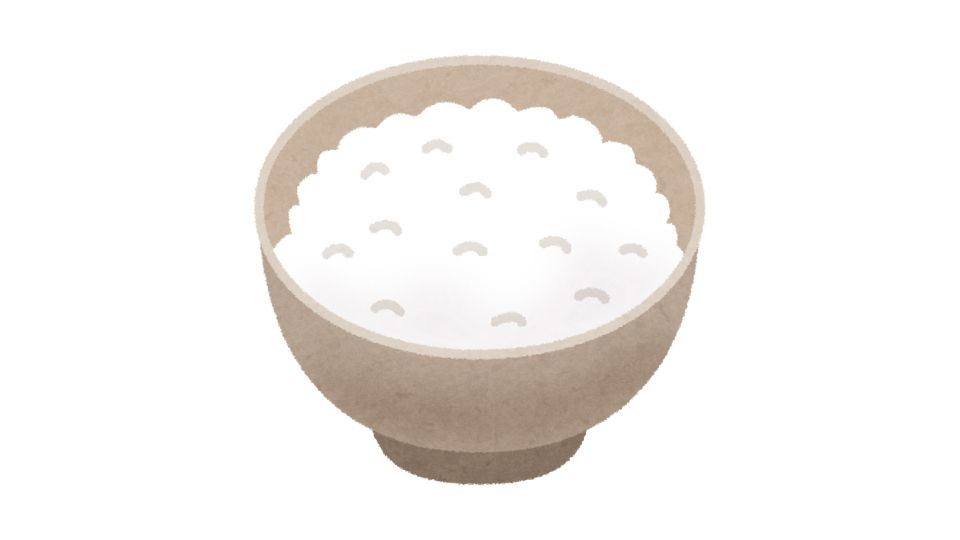
If you’re tracking your macros (or just curious), here’s the breakdown:
- White rice (long-grain, cooked): About 4.3-4.6 grams of protein per cup
- Brown rice (cooked): Slightly more at 5.5 grams per cup
To put that in perspective, a 3oz chicken breast has about 27g of protein. So rice has significantly less.
But hold on – rice isn’t trying to be chicken. It’s primarily a carb source that happens to have a little protein bonus.
White Rice vs. Brown Rice: The Nutrition Showdown
Brown rice wins the protein contest by a small margin. Why? Because it still has its bran and germ intact (the outer layers that get polished away in white rice).
Here’s a quick comparison per cup:
| Nutrient | White Rice | Brown Rice |
|---|---|---|
| Protein | 4.3-4.6g | 5.5g |
| Fiber | 0.6g | 3.2g |
| Carbs | 53g | 52g |
Brown rice also packs more vitamins, minerals, and fiber. But white rice isn’t nutritionally “empty” either – it’s often enriched with B vitamins and iron.
So What? (Why Rice Protein Matters or Doesn’t)
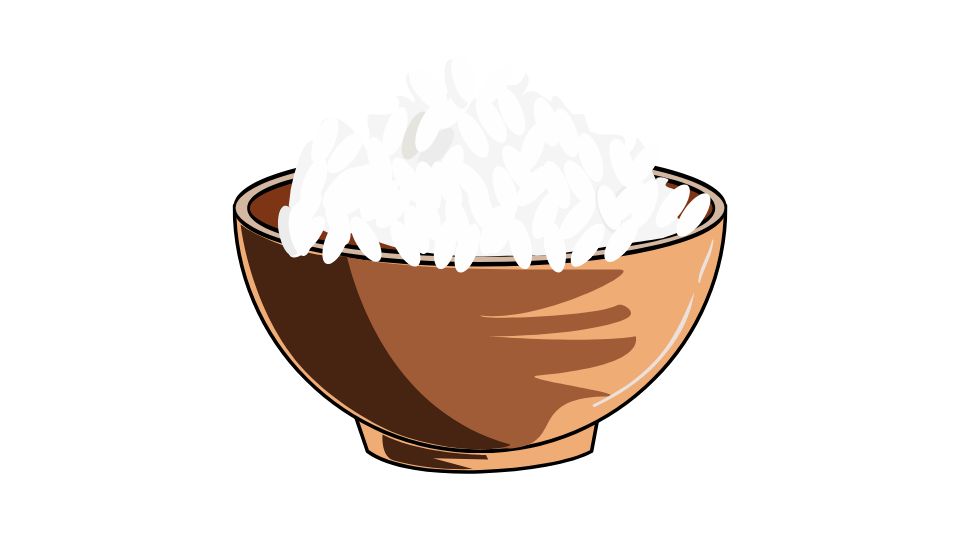
The big question: Should you care about protein in rice?
If you’re just looking for a carb source to pair with your chicken, tofu, or beans – don’t sweat the protein content in rice. It’s just a nice little bonus.
But if you’re:
- Vegetarian or vegan and counting every gram of protein
- On a high-protein diet
- Building muscle and maximizing protein at each meal
Then those 4-5 grams might actually matter to you!
The Complete Protein Problem
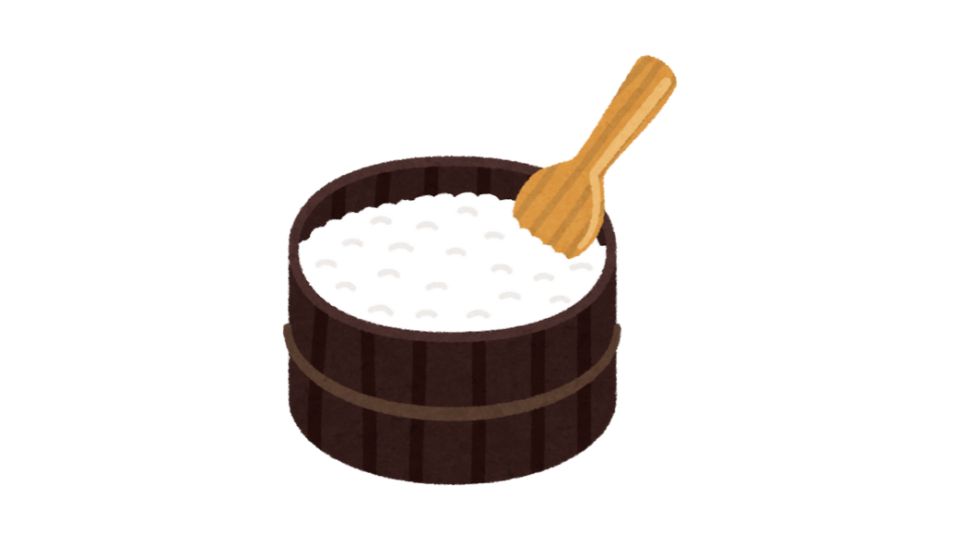
Here’s something important: rice protein isn’t “complete.”
What does that mean? Rice is low in certain essential amino acids (particularly lysine) that your body needs.
This is why cultures worldwide instinctively pair rice with complementary protein sources:
- Rice and beans in Latin America
- Rice and lentils in India
- Rice with fish or meat in Asia
These food pairings create a complete amino acid profile that your body loves.
How To Get More Protein With Your Rice
Want to boost the protein power of your rice meals? Try these combos:
- Rice + beans = 10-15g protein per cup (plus complete amino acids!)
- Add an egg on top for +6g protein
- Mix in some edamame for +8g per 1/2 cup
- Choose protein-rich side dishes like grilled chicken, tofu, or fish
Pro tip: You can also find “high-protein” rice varieties like Mighty Rice that claim to have up to 53% more protein than regular white rice. Though they’re more expensive and the actual difference in grams isn’t huge.
The Rice Nutrition Bottom Line
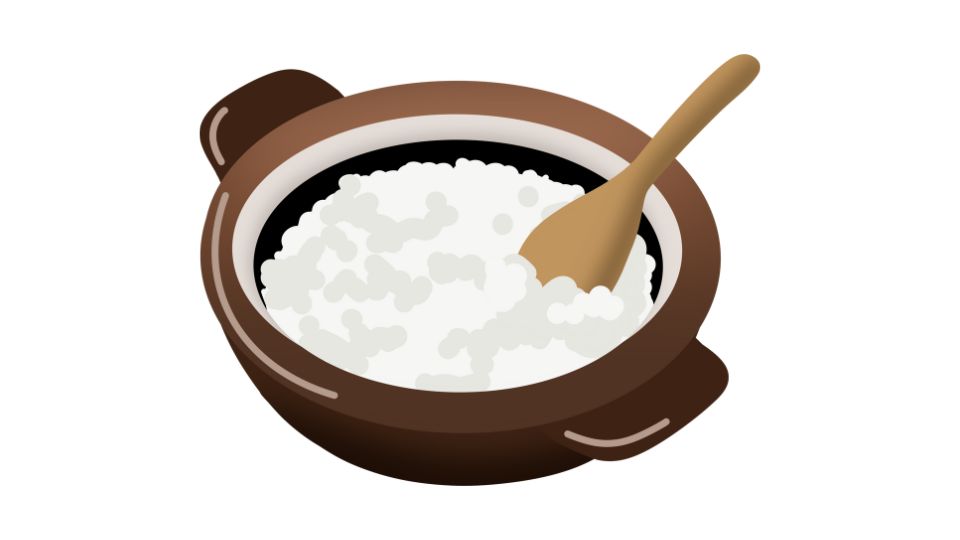
Here’s my take: Rice isn’t a “protein food” – and that’s perfectly fine.
We don’t need every food to be high in protein. Rice provides energy-giving carbs, some minerals, and yes, a modest amount of protein.
The real question isn’t “is rice high in protein?” but rather “is my overall diet providing enough protein?”
If you’re hitting your protein goals through other foods, then rice can just be rice. Enjoy it for what it is: a versatile, affordable carb that happens to come with a small protein bonus.
And if you want to track exactly how much protein you’re getting from rice and everything else you eat, you can use tools like MealByMeal to keep tabs on your nutrition.
The best diet is one that’s balanced, enjoyable, and sustainable – whether that includes rice or not is entirely up to you!



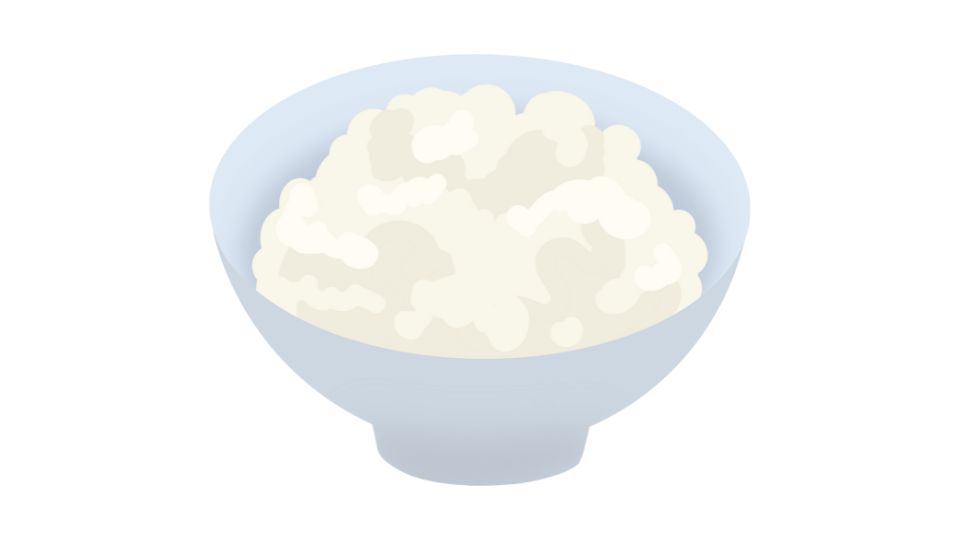
Leave a Reply